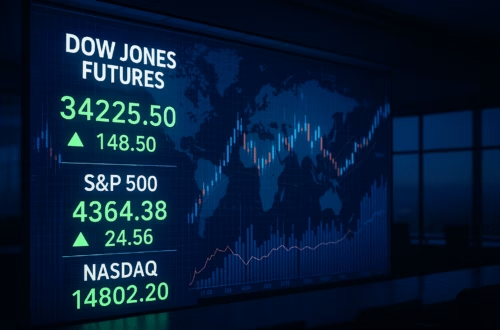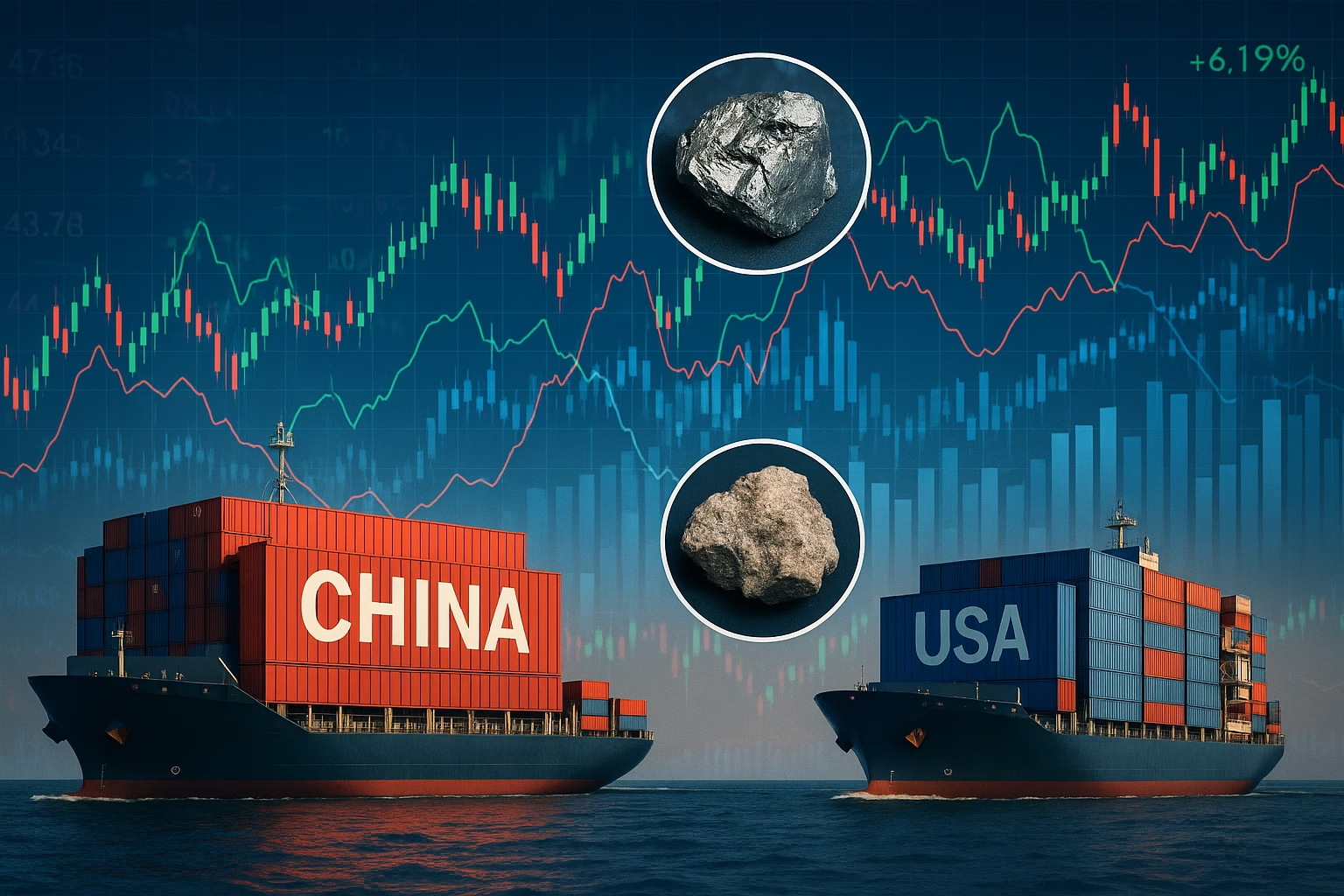When Wall Street Rises, Who’s Getting Lifted?
While U.S. markets closed in the green on May 30, 2025, the broader story wasn’t about gains. It was about friction—between growth and gravity, between digital finance and regulatory pushback, and between the official narrative and what the numbers are really telling us.
Let’s unpack it.
Wall Street Rallies — But At What Cost?
The S&P 500 rose 0.40% to 5,912.17, the Nasdaq 100 added 0.21% to close at 21,363.95, and the Dow ticked up 0.28% to 42,215.73. On the surface, that looks like strength. But dig one layer deeper, and you’ll find a very specific story driving the optimism: Coinbase just entered the S&P 500.
A major cryptocurrency player joining America’s blue-chip index is no small move. It signals the normalization of digital assets—assets still largely unregulated, highly volatile, and increasingly embedded in institutional portfolios. Wall Street’s embracing them not because they’re stable, but because they’re profitable.
The question no one on CNBC is asking? What happens when crypto volatility collides with retirement accounts?
Tariff Tensions Return — Alongside Higher Yields
Meanwhile, beneath the surface of equity optimism, real-world headwinds returned. A U.S. court revived a batch of Trump-era tariffs, reigniting anxieties about global trade friction just as supply chains were beginning to stabilize. These are the kinds of policies that hit working-class consumers first and hardest, even while they’re marketed as “protecting American industry.”
On the bond side, a lackluster auction of 20-year Treasuries sent yields higher. Investors simply aren’t buying what the U.S. Treasury is selling—literally. That’s not just a market signal. It’s a confidence crisis in slow motion.
And waiting in the wings? Core PCE inflation data—the Federal Reserve’s preferred inflation gauge—was due for release. If it comes in hot, rate hike fears will reignite. If it comes in cold, recession worries take center stage.
Global Outlook: Fragile, Fragmented, and Fraying
Asia’s equity markets had a rough session. Japan’s Nikkei 225 fell 1.29%, and the Hang Seng in Hong Kong was dragged lower by tech sector sell-offs and lingering regulatory anxiety from Beijing. In Europe, things were no better.
The European Commission slashed its 2025 growth forecast to just 0.9%. The culprit? Rising tariffs, slowing global trade, and policy unpredictability coming out of Washington. Economic nationalism may score points domestically, but it’s sending shockwaves through fragile international alliances.
Economic Reality Check: The Foundation’s Cracking
If the market rally felt thin, it’s because the economic floor beneath it is anything but stable.
In the eurozone, the HCOB Composite PMI fell to 49.5, signaling contraction. Europe is flirting with recession, and business leaders know it. Across the Atlantic, the U.S. housing sector is flashing red: existing home sales are now at their lowest levels since 2009, and mortgage rates are spiking again.
That’s not just housing data—it’s a proxy for middle-class financial stress. When homes don’t sell, it’s not because people don’t want them. It’s because they can’t afford them. In a country where housing is both shelter and wealth vehicle, that’s a structural alarm bell.
The Real Story of May 30, 2025
On paper, it was a winning day for the market. But paper doesn’t pay rent. The real story isn’t about Coinbase joining the S&P 500—it’s about what that inclusion represents: a financial system so desperate for growth, it’s moving the goalposts.
It’s about tariffs returning when workers need relief. It’s about bond buyers stepping back when the government needs liquidity. It’s about gains at the top masking stress at the base.
Markets can rise while the economy cracks—that’s not new. But when they do it for too long, the fall hits harder. Watch the fundamentals. Follow the inflation data. And ask not just who’s gaining, but who’s being left behind.






It’s fascinating to see how the crypto space is being normalized within institutional portfolios, but I can’t help but wonder what will happen when that volatility collides with more traditional, long-term investments like retirement funds. It seems like there’s an inevitable reckoning coming for digital assets’ inclusion in these portfolios.